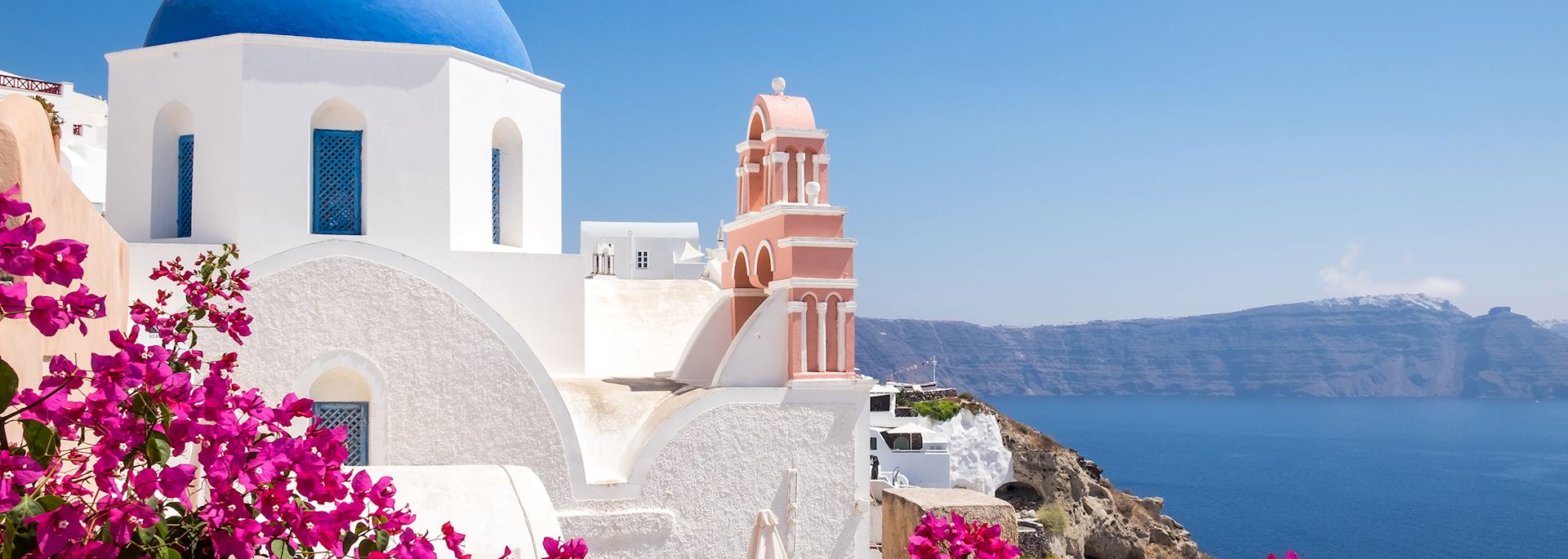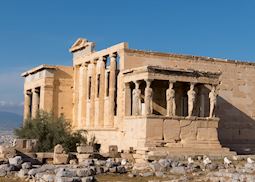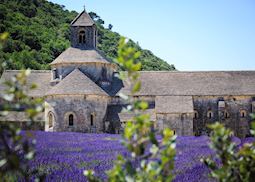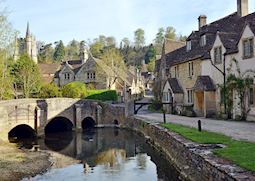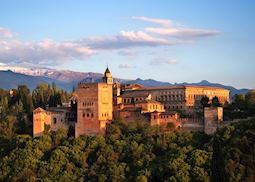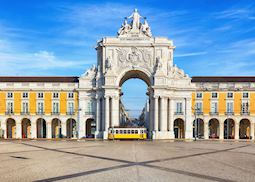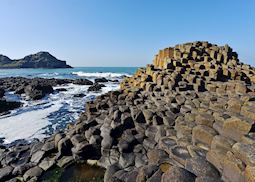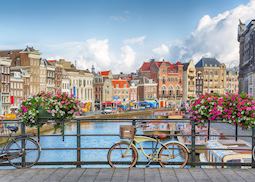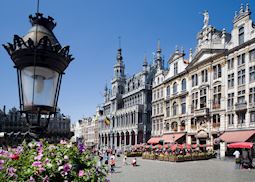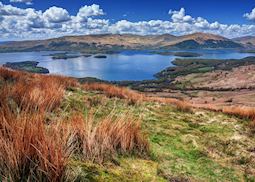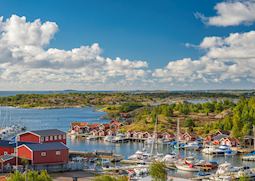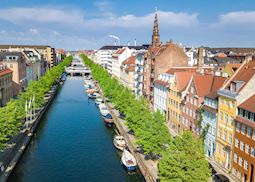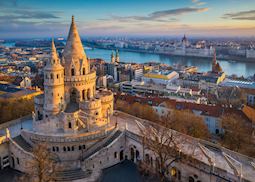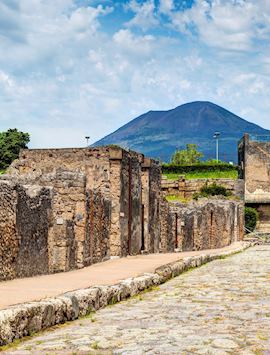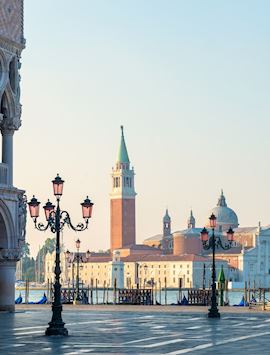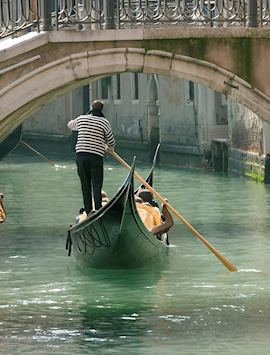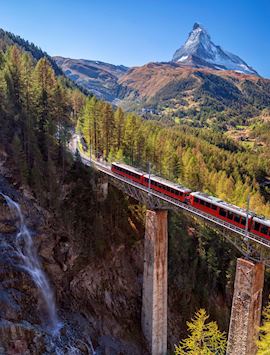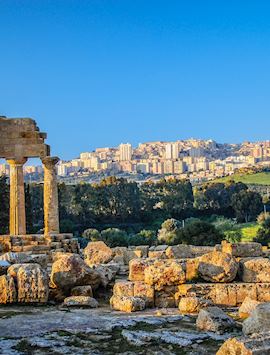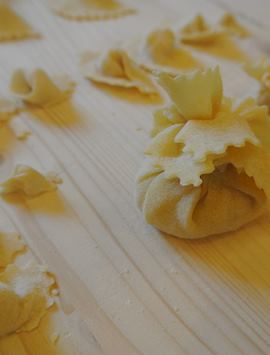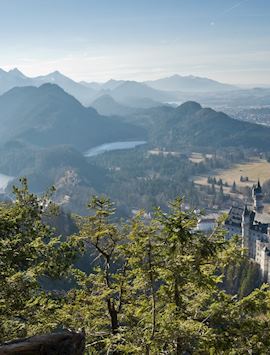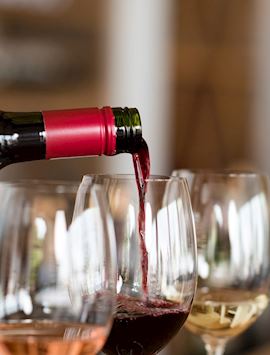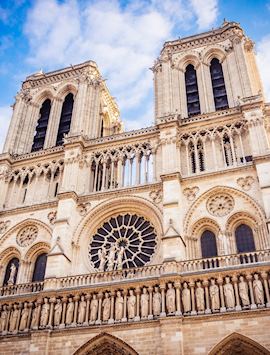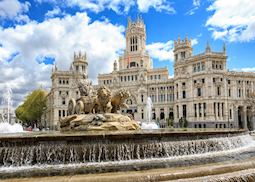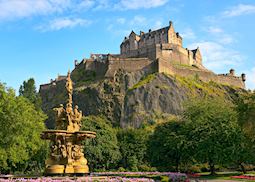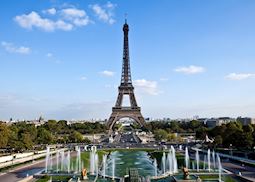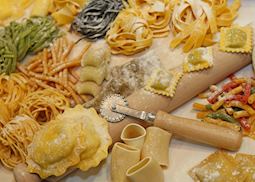
Ancient cities and modern metropolises, cutting-edge cuisine and millennia-old vineyards, cultivated countryside and windswept mountaintops… Europe packs a wealth of cultures, landscapes and experiences into its compact borders. There are so many places to visit that it can be hard to choose where to go.
Our specialists have explored the continent from the burbling volcanic mud pools of Hverir, Iceland, to the glamorous restaurants on Hvar, Croatia, and can help you narrow down where to go and what to see on your trip. They’ll work with you to create an itinerary that reflects your personal interests. You might want to visit a vineyard in the Tuscan hills, hike along the Slieve League cliffs in Ireland or discover the best place to watch the sunset in Santorini. We can help you see blockbuster cities like Paris and Rome from a new perspective, and point out small villages where you might be the only visitor.
who's been there
-
617-223-4521617-223-4390
- Make an inquiry
Where you can travel with us in Europe
Our specialists can help you plan your trip, individually focusing on your tastes and interests, to the destinations below.
Trip ideas in Europe
These itineraries will give you a starting point for what your trip could entail. They cover routes that we've found work particularly well and feature some of our favorite places to stay. Treat them just as inspiration, as each trip is created uniquely for you and there are many more options available.
Our expert guides to exploring Europe
Capturing our specialists’ extensive travel experience in Europe, these guides share inspiration, recommendations and our honest advice for how to enjoy the best of what the region can offer in the most authentic ways. From the wealth of options we describe, you can narrow down the choices and start to shape your own trip.
-
Best places to visit in Spain and Portugal ![Plaza de Cibeles, Madrid]()
Best places to visit in Spain and Portugal
Best places to visit in Spain and Portugal
A private tour of the Alhambra, sipping wine in the sunny Douro River Valley, and watching a flamenco performance in Seville. Spain and Portugal specialist Talia picks some of her top experiences when visiting the Iberian Peninsula.
Read this guide -
Edinburgh for first-time visitors ![Edinburgh Castle]()
Edinburgh for first-time visitors
Edinburgh for first-time visitors
UK and Ireland specialist Jasmine offers an insider’s guide to the indispensable sights in Edinburgh, including visits to Edinburgh Castle, Arthur’s Seat and the Palace at Holyrood. She also suggests some ways to see a different side of the city.
Read this guide -
A tale of three cities: London, Paris and Rome ![Eiffel Tower, Paris]()
A tale of three cities: London, Paris and Rome
A tale of three cities: London, Paris and Rome
How do you make the most out of Europe’s trio of classical cities when you’re pushed for time? We asked our England, France and Italy specialists to create their dream two-day itineraries for time-limited visitors
Read this guide -
Pintxos to praline brioche: 5 of Europe's signature dishes ![Traditional fresh pasta, Bologna]()
Pintxos to praline brioche: 5 of Europe's signature dishes
Pintxos to praline brioche: 5 of Europe's signature dishes
From England to Italy, most European countries still retain strong regional identities, which they often express through food. Our specialists discuss the local signature dishes — regional and national — that they love around the continent.
Read this guide
